The products discussed here were independently chosen by our editors.
GameSpot may get a share of the revenue if you buy anything featured on our site.
Sony’s PlayStation 2 established a library of quality games during its run, building up a collection of software that has stood the test of time. Whether you were looking for simulation driving at its very best, wildly imaginative adventure games, or thought-provoking journeys into mystery, the PS2 had it all. We’re taking a look back at the best of the PS2 library, and across the console’s monumental sales and the sheer volume of games released on it, we’ve narrowed the list down to the 25 best PS2 games.
More PlayStation best lists
- Best PS5 games
- Best PS4 games
- Best PS1 games
- Best PS Vita games
- Best PSP games
Read on to discover which PS2 classics made the cut (in the alphabetical order).
Burnout 3
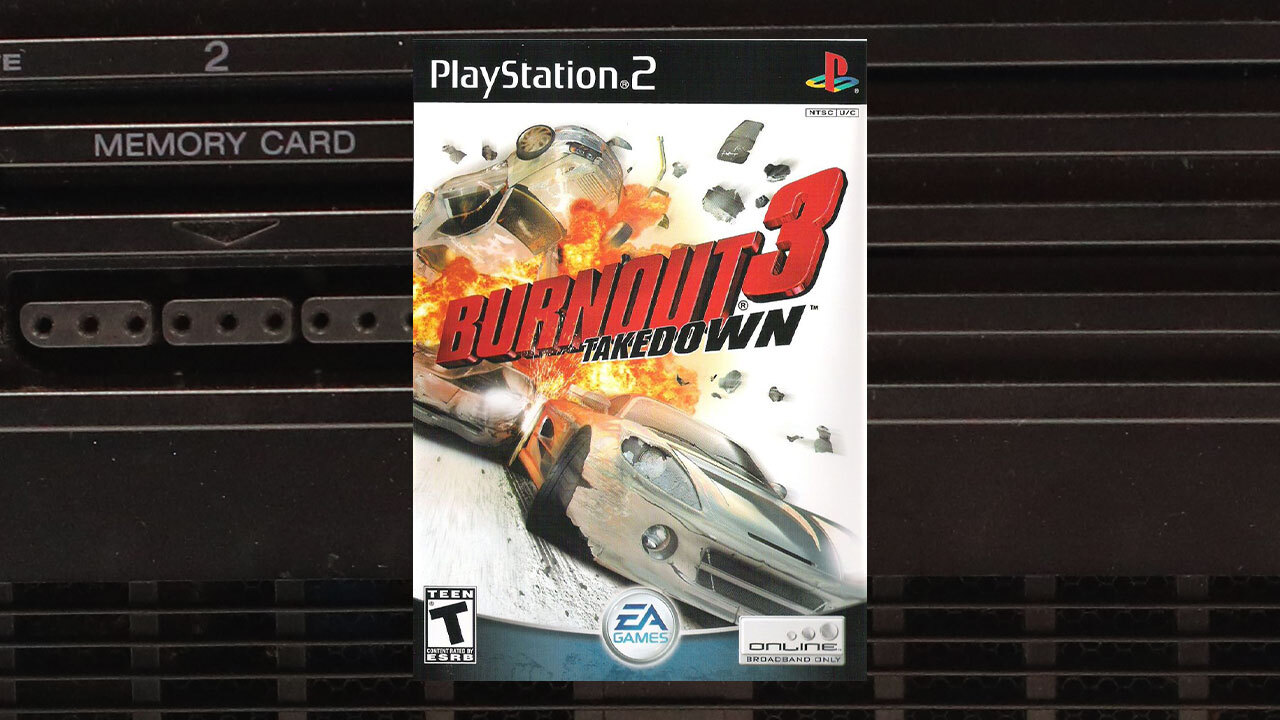
While Criterion’s previous Burnout games had always skirted with turning your car into a destructive wrecking ball, Burnout 3 was the game that fully embraced a destruction derby flavor. Crash Mode was the highlight of this arcade racer, a drive down Road Rage Boulevard as you put the pedal to the metal in an attempt to cause as much collateral damage as possible while you reveled in the slow-motion carnage. Being an absolute menace was the driving force behind Burnout 3’s success, with the rest of the game being racing bliss as you earned crashes and cash during your grand tour.
Read our Burnout 3 review.
Capcom vs. SNK 2
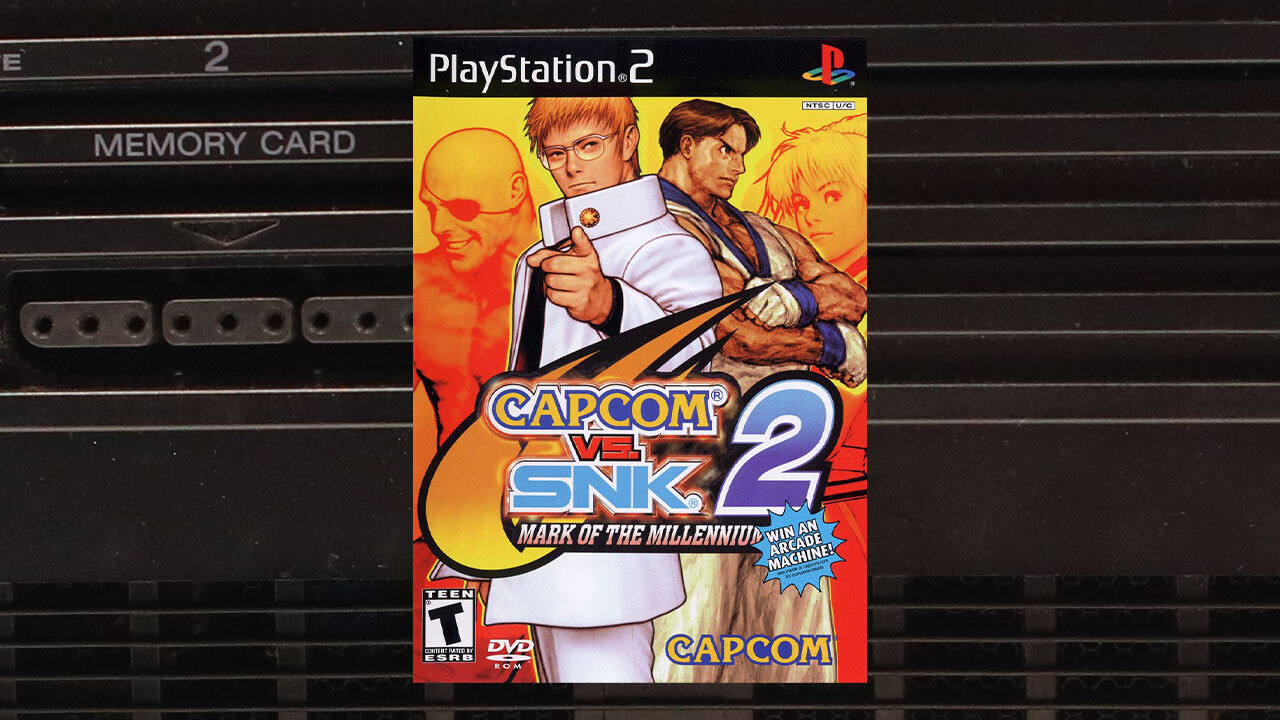
Bringing together many of the most popular characters from Capcom’s and SNK’s fighting games for a rematch, Capcom vs SNK 2 was one of the best 2D fighting games available on PS2 during the early 2000s. The follow-up added more characters, features, and refinements to the package, creating the definitive crossover of its time that saw it become a cult classic in the years after it was released.
Read our Capcom vs SNK 2 review.
Devil May Cry 3
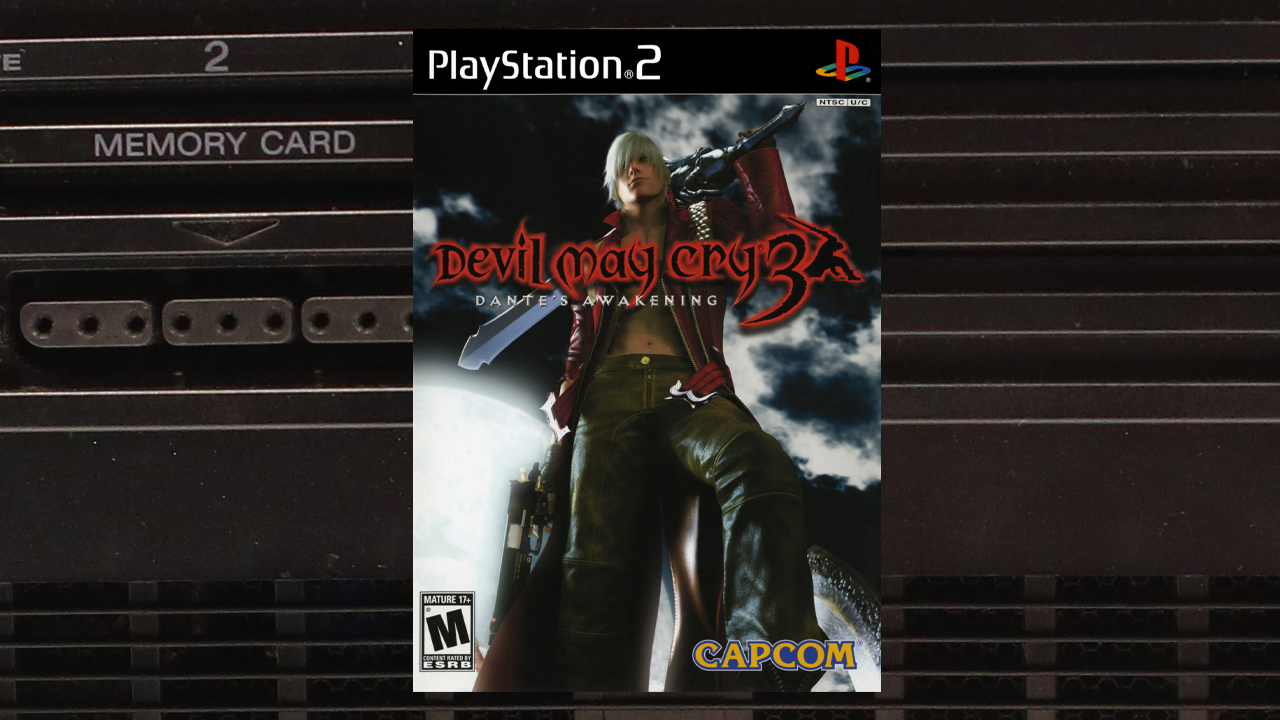
After a lackluster follow-up in the form of Devil May Cry 2, Capcom went back to the drawing board for Dante’s next demon-slaying adventure. The solution to reinvigorate the series? A prequel that charted the early days of Dante, a new antagonist in the form of his identical twin brother Vergil, and an arsenal of demonic tools that could be used to banish devilish foes back to the underworld. Devil May Cry 3 didn’t just recapture the magic of the original game; it easily surpassed it with blockbuster levels of action and a story that wasn’t short on twists.
Read our Devil May Cry 3 review.
Dragon Quest VIII: Journey of the Cursed King
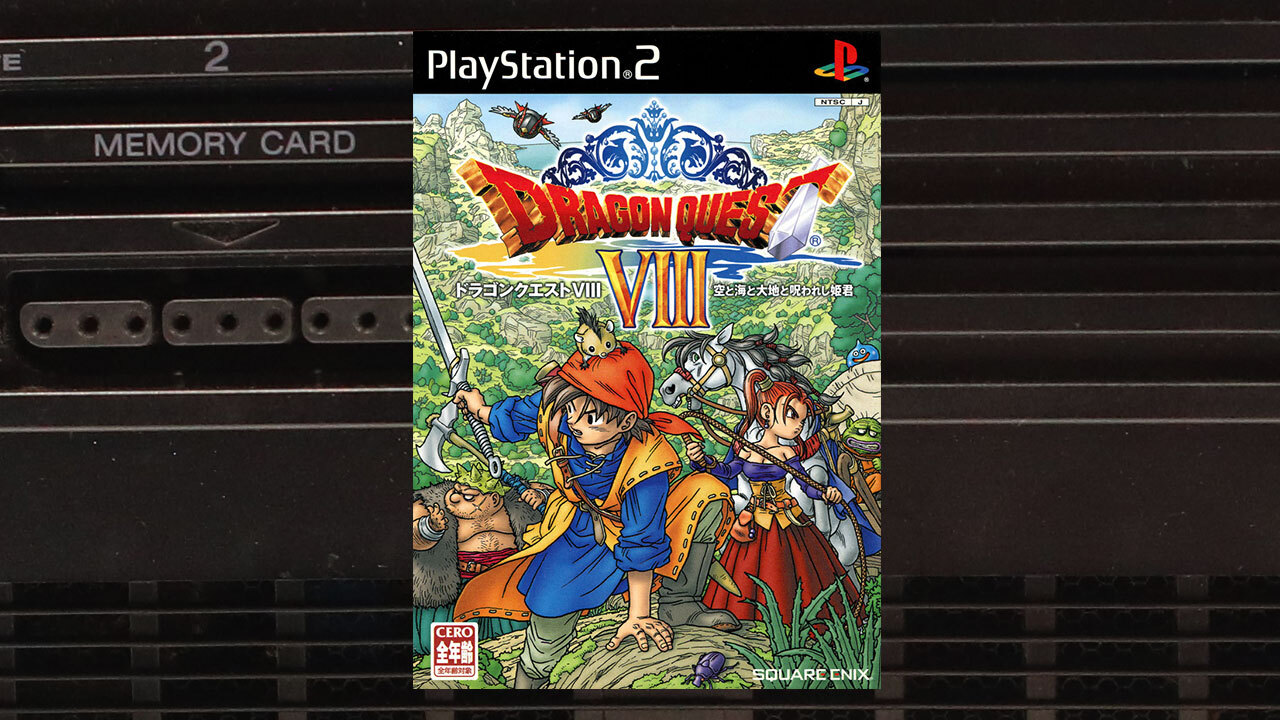
Dragon Quest VIII felt like the sum total of every Dragon Quest that came before it: a lavish and epic adventure for the ages. It was a role-playing game with an absurd amount of content, giving fans a constant supply of enemies and side quests to grind through. At a time when Japan’s best RPGs were producing groundbreaking and experimental work within the genre–look at Square’s Final Fantasy games from that time–Dragon Quest VIII was staunchly traditional, never wavering from its path and sharpening the elements of its formula that had made it so popular over the years. A safe RPG to dive into, but one that exemplified the very best of the genre.
Read our Dragon Quest VIII: Journey of the Cursed King review.
Final Fantasy X

The original PlayStation era of Final Fantasy games had raised the bar for what the series was capable of, and for its first mainline foray on the PS2, Final Fantasy X had some hefty expectations to meet. The RPG rose to the occasion, crafting a story that may have been more mechanically linear when compared to previous games, but was loaded with impressive visuals, satisfying turn-based action, and full voice-acting for its main cast. An underappreciated gem of a game in comparison to other Final Fantasy titles, Final Fantasy X is still an emotional odyssey that’s packed with pure character chemistry, imaginative world-building, and a certified banger of a tune in its soundtrack.
Read our Final Fantasy X review.
God of War 2

How do you live up to and surpass a game that is widely hailed as one of the best action titles of all time? If you’re God of War 2, you deliver an Olympus-smashing adventure that smooths out any rough spots from the original, gives its main character a good excuse to commit some more deicide, and awe-inspiring environments to explore. God of War 2 delivered on those ideas, pushing the PS2 to the breaking point with its ambitious gameplay, and giving the console the sendoff that it deserved as the PS3 era began gathering steam.
Read our God of War 2 review.
Gran Turismo 4

Gran Turismo games are like the Halley’s Comet of video game releases: rare, they take a while to appear, and they’re absolutely worth observing when they do appear. The series’ fourth mainline entry, Gran Turismo 4 pulled out all the stops for its arrival on PS2. With the genre getting more competitive now that Forza Motorsport had arrived on Xbox, Gran Turismo’s shift into a higher gear saw it take first place with a game that contained hundreds of cars, improved driving physics, and an expanded career mode. B-spec mode introduced some managerial fun to the title, making it one of the definitive driving games to own on PS2.
Read our Gran Turismo 4 review.
GTA San Andreas
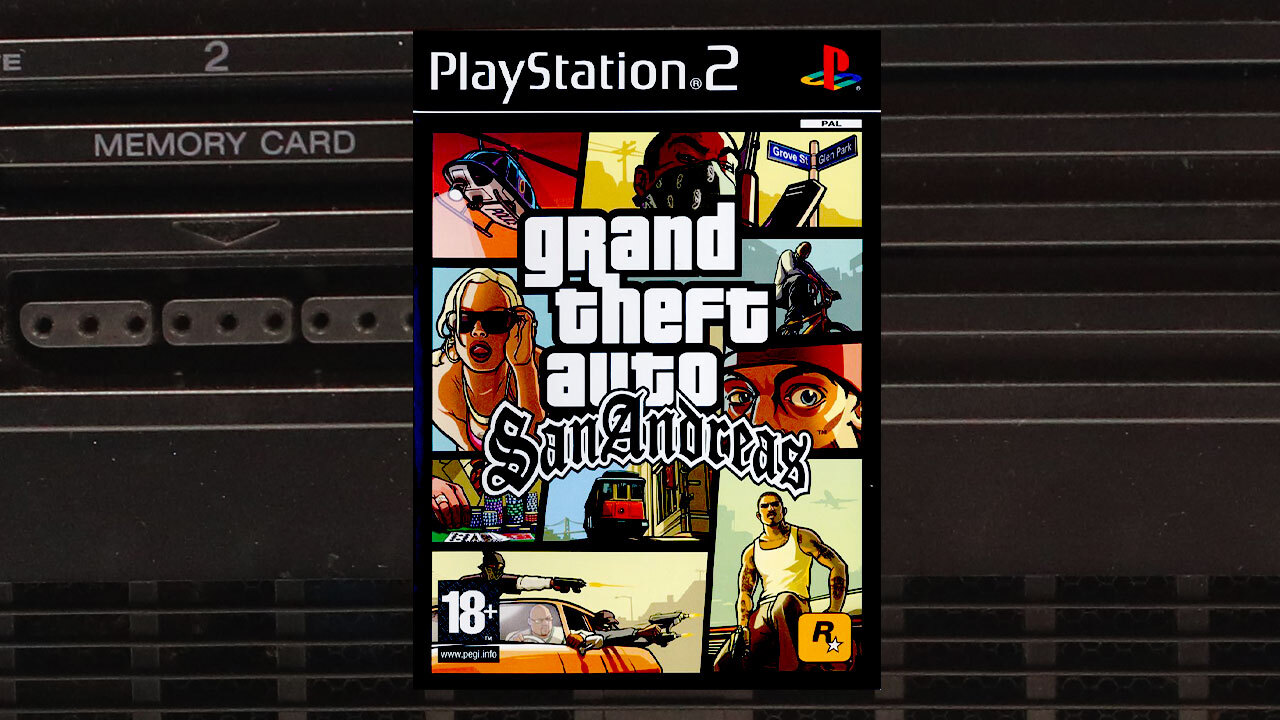
Grand Theft Auto games in the PS2 era helped form the foundation for the modern era of sandbox titles, and after a tour of Liberty and Vice City, Rockstar games were ready to raise the bar in GTA: San Andreas. A playground of gangland violence modeled after Los Angeles and Las Vegas, San Andreas was a leap forward that added RPG elements to the GTA formula. Players were given the opportunity to create a version of protagonist CJ that reflected their own playstyle, while the sandbox was in peak digital condition for all the chaos that could be caused inside of it. Every GTA game is a classic, but San Andreas stands tall as the best of the bunch on PS2.
Read our GTA San Andreas review.
Guitar Hero III: Legends of Rock
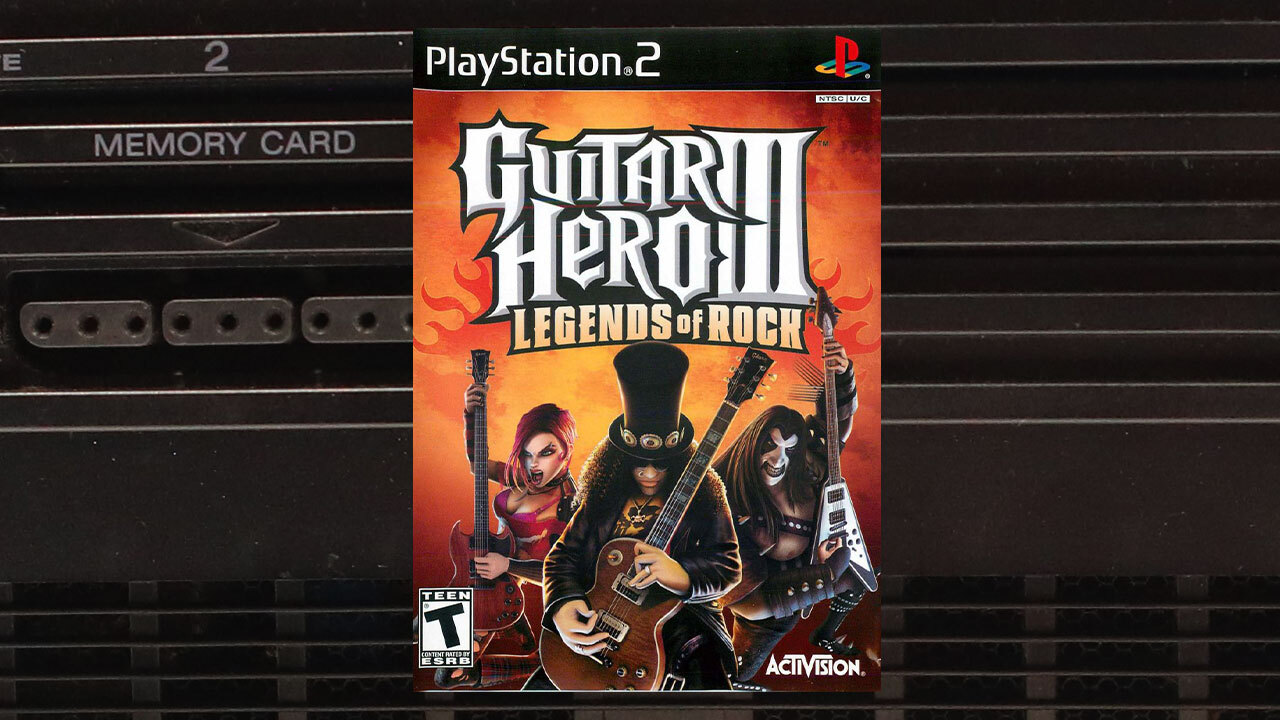
The 2000s were an era of plastic instrument peripherals, and you can thank Guitar Hero for making everyone feel like a rock-‘n-roll superstar. Tony Hawk’s Pro Skater developer Neversoft handled development duties on this title, crafting a game that retained the basic and accessible gameplay while adding a new co-op career mode and competitive challenges for grand rock-offs against the legends of rock. The soundtrack was pure fire of course, and mastering solo career mode would unlock DragonForce’s “Through the Fire and Flames,” a merciless gauntlet of sick licks and heavy metal riffs that few players were ready for.
Read our Guitar Hero 3 review.
Jak II
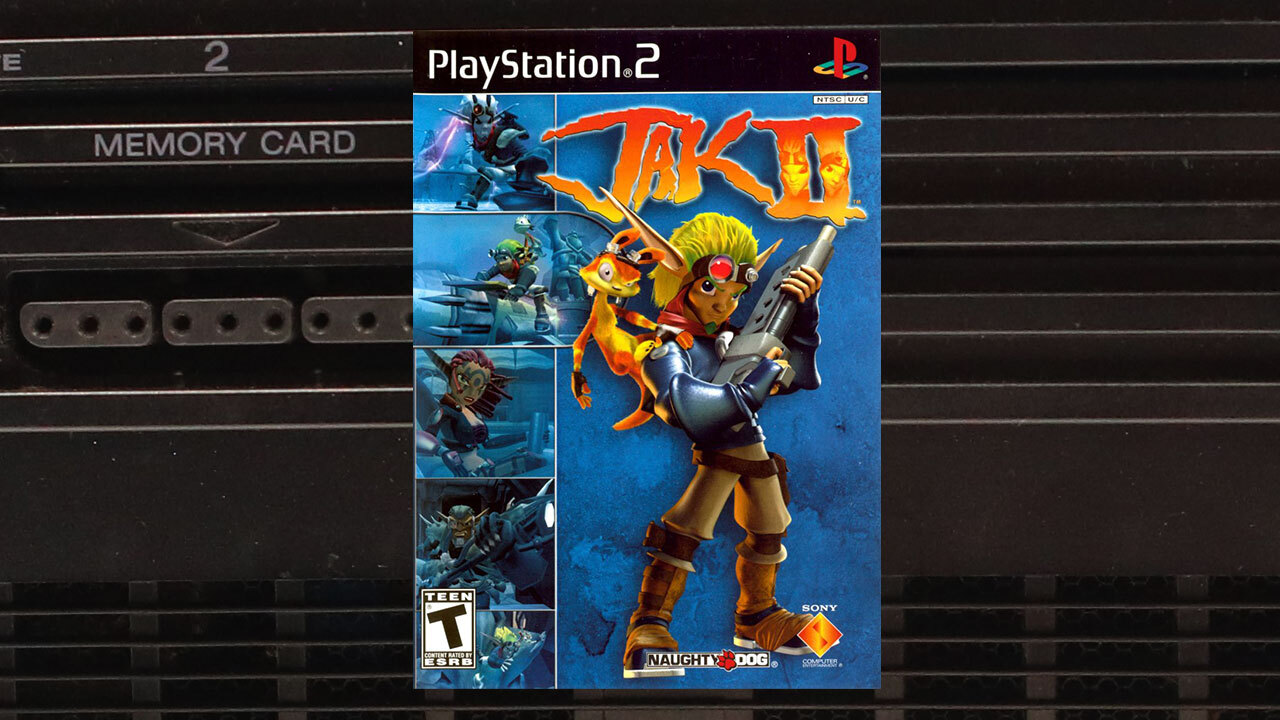
Jak and Daxter’s introduction on PS2 was a vibrant and energetic romp through alien worlds, and for the sequel, developer Naughty Dog looked to turn everything that worked up to 11. Bigger and more ambitious in design, Jak II’s foundational gameplay was enhanced by non-linear exploration, terrific voice-acting, and satisfying action. The story had a few twists up its sleeve, the graphical design made it a showcase title for the PS2, and a constantly rewarding gameplay loop kept fans coming back for more.
Read our Jak II review.
Kingdom Hearts
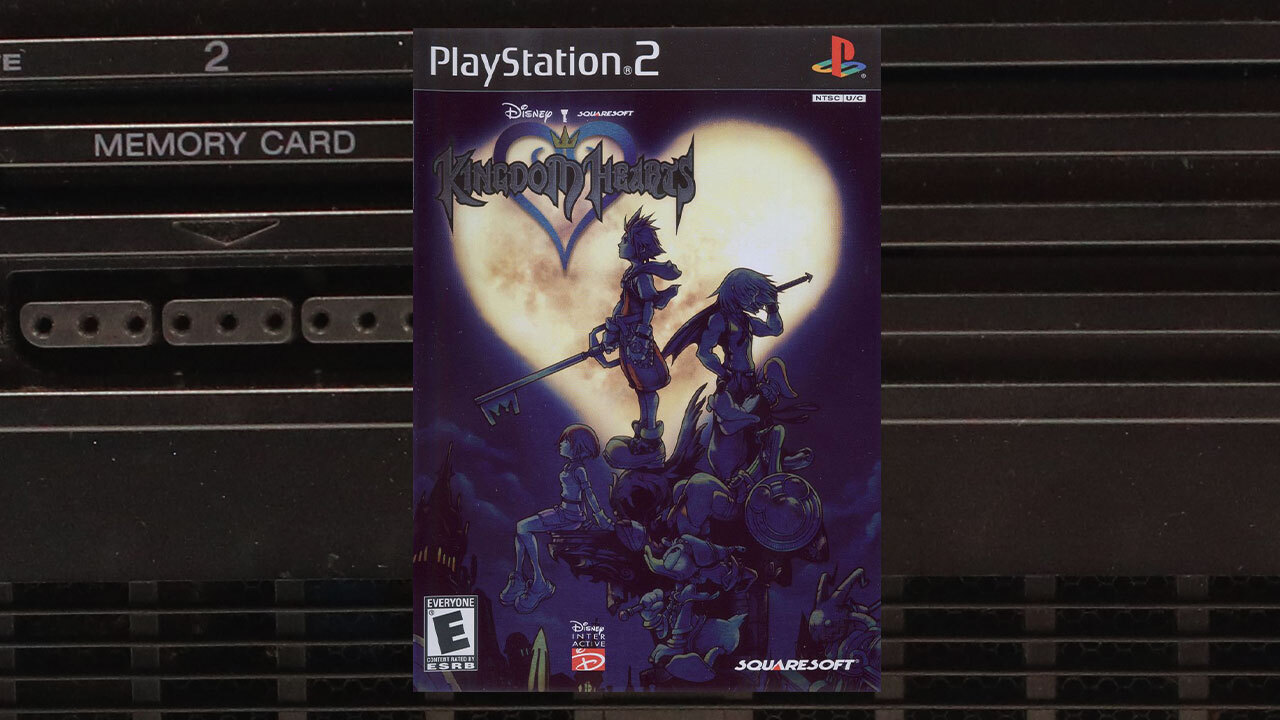
Kingdom Hearts might be best known for having an overarching plot that’s denser than a white dwarf star with all of its various narrative threads, but back in 2002, the first game was heralded for being an ambitious merger of worlds. Throwing Disney’s greatest characters into worlds inhabited by heroes and villains from Square Enix’s Final Fantasy, Kingdom Hearts was effortlessly charming and boasted some stellar design with its superb visuals. Future sequels and spin-offs may have further polished its various ideas, but as far as first impressions go, the original Kingdom Hearts was hard to beat.
Read our Kingdom Hearts review.
Max Payne 2: The Fall of Max Payne

The original Max Payne was a game-changer in the action genre, merging bullet-time gunplay with a hard-boiled detective story of revenge and tragedy. For its sequel, Remedy Entertainment dialed up the noir influences, atmosphere, and action that had been a highlight of the first game, polishing these elements into a gritty gangland story. An admittedly short game, Max Payne 2 is still a stylish and cinematic experience that provides blockbuster fun from start to finish.
Read our Max Payne 2 review.
Metal Gear Solid 3: Subsistence
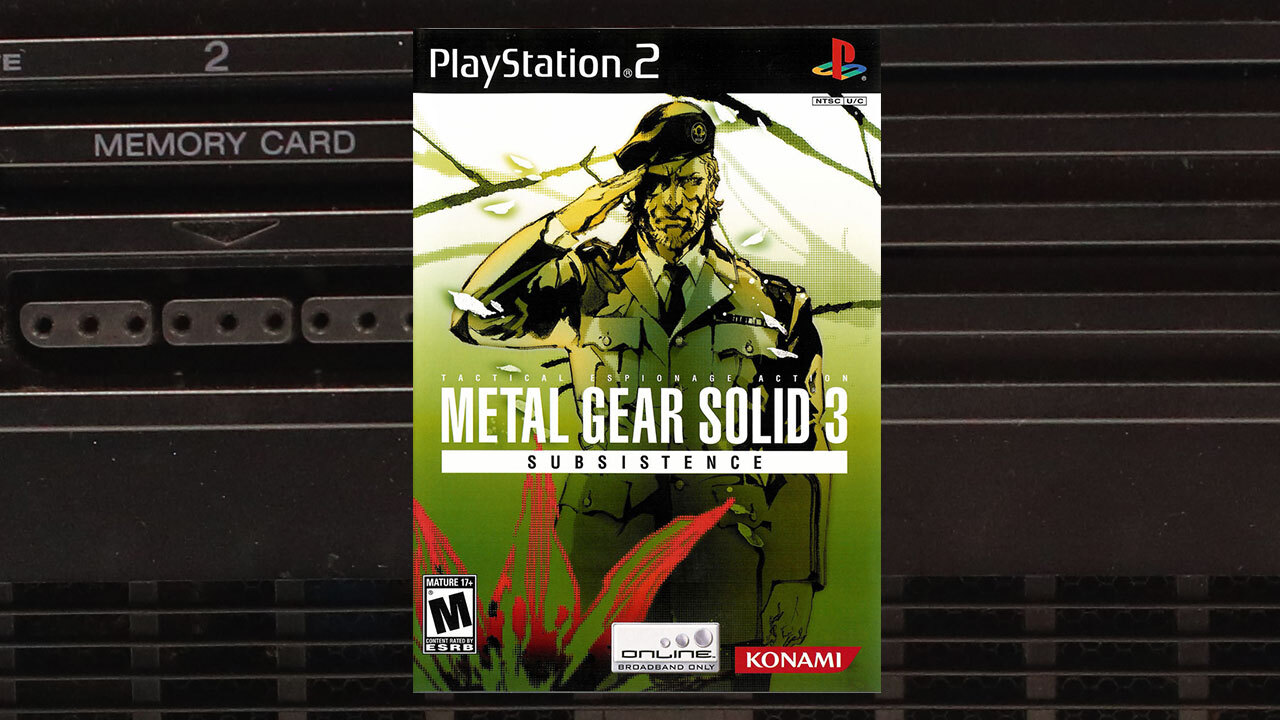
While Metal Gear Solid 2 was a gigantic leap forward for the stealth and espionage series, Metal Gear Solid 3: Snake Eater took those advancements and used them to craft a cunning prequel that put players in the shoes of a young Big Boss. Codenamed Naked Snake, Metal Gear Solid 3 was a departure from the series’ conventions as it introduced new camouflage, close-quarters combat, survival systems, and injury gameplay mechanics to the franchise. Packed with a lengthy story and epic moments, Snake Eater’s Subsistence edition is the definitive version of the prequel that irons out any lingering issues while also adding an impressive amount of extra content to the package.
Read our Metal Gear Solid 3: Subsistence review.
Okami
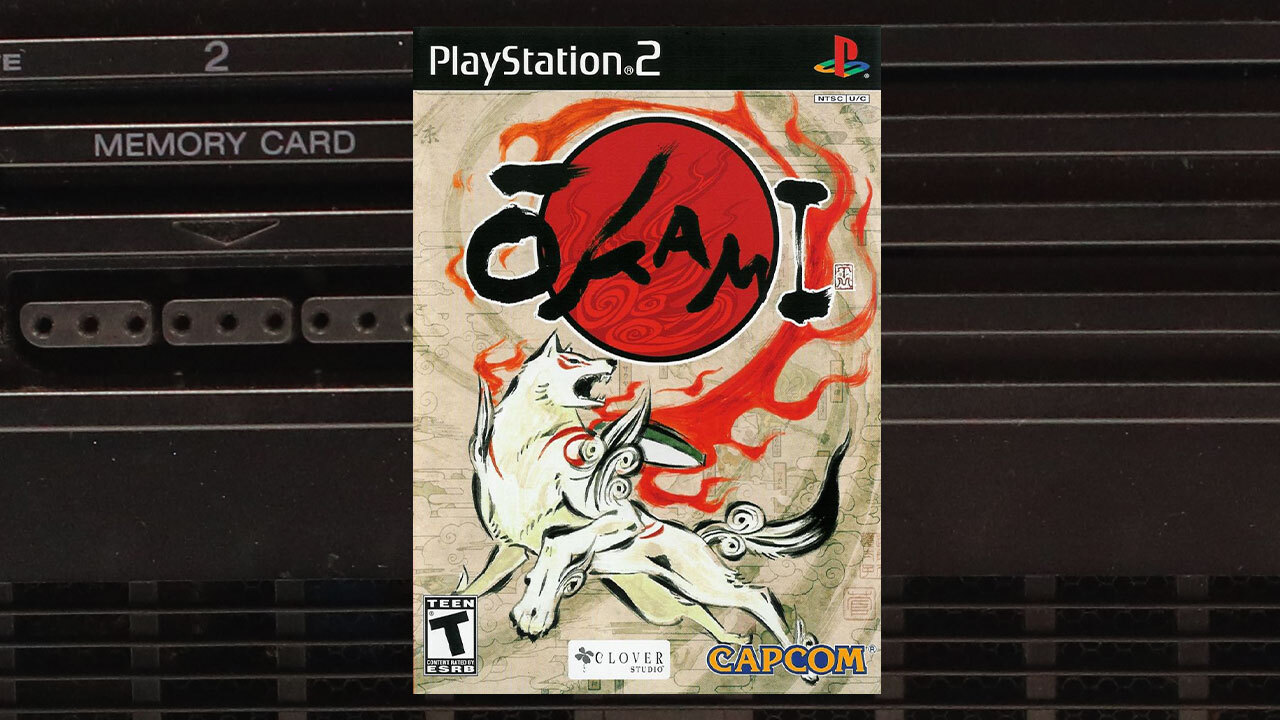
2006 was a great year for the PS2, but it was Okami that helped close the curtain on the PlayStation 2 with an unforgettable adventure. While its core gameplay riffs on Nintendo’s Legend of Zelda series–complete with dungeons, boss fights, and puzzles–Okami was still very much a unique beast to play. On the surface, the cel-shaded aesthetic made Okami look like a Japanese ink painting come to interactive life, but beneath that gorgeous veneer, there was a game that embraced the very idea of art, using it to paint a masterpiece of epic design.
Read our Okami review.
Persona 4

Released on PS2 well after the PS3 had succeeded it, 2008’s Persona 4 hasn’t lost any of its magic over the years. If you enjoyed Persona 5, then Persona 4’s mix of modern-day Japanese high school drama, dungeons, and monsters that need to be taken down a peg is going to be an instant dealmaker for you–especially when you add a lengthy murder-mystery story that drops plot twists on your head when you’re least expecting it. One of the very best Persona games out there, the good news is that you won’t need to track down a PS2 console to play it, as its Persona 4 Golden edition was ported to PC in 2020.
Read our Persona 4 review.
Prince of Persia: The Sands of Time

While a Prince of Persia reboot had popped up in 1999, it was Ubisoft that proved that it had the right stuff for a fresh take on the iconic property. Embracing the third dimension, Prince of Persia was a groundbreaking fusion of parkour and time-bending magic that helped players survive numerous deathtraps. Constantly challenging and filled with exhilarating moments of triumph, Ubisoft’s first foray into the Prince of Persia series helped spawn a new franchise, one that’s due for a revival as soon as the current remake of the 2003 classic finally escapes from the development dungeon.
Read our Prince of Persia: The Sands of Time review.
Ratchet and Clank: Up Your Arsenal
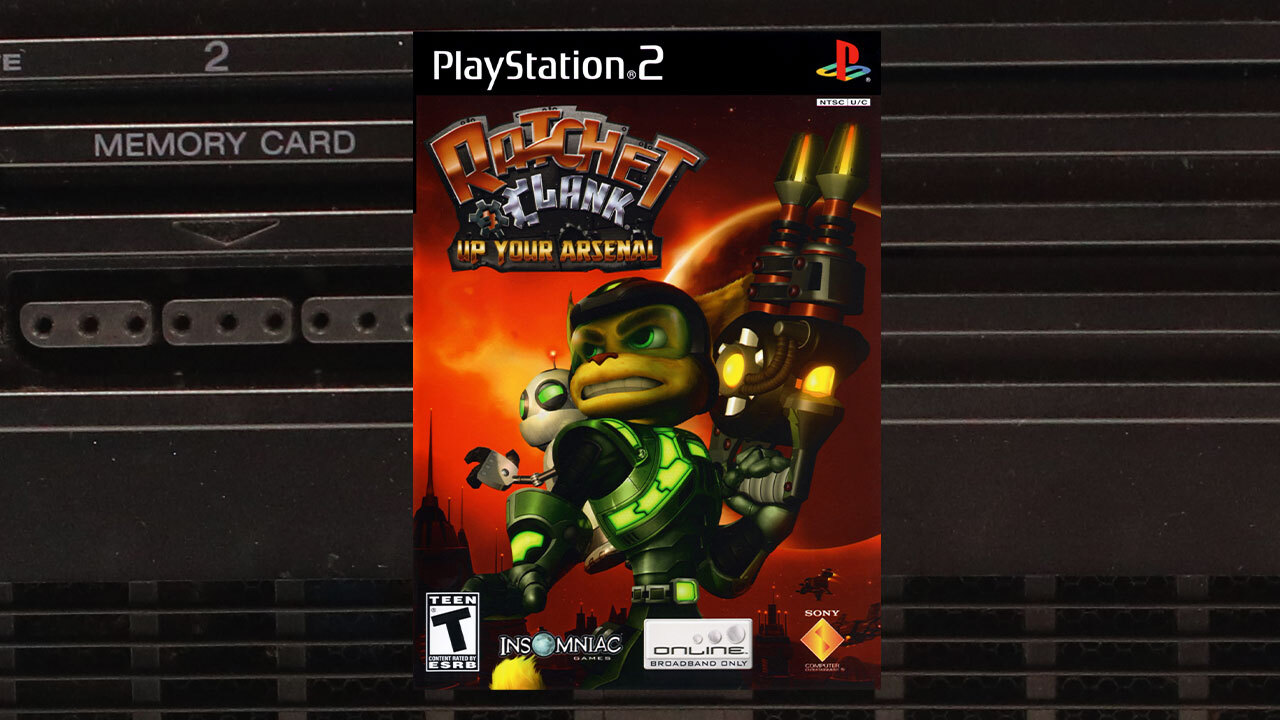
Almost two decades later, Ratchet and Clank: Up Your Arsenal is still widely considered to be one of the very best entries in the series. That’s no small feat for the Insomniac-developed game, especially when you factor in 2021’s superb Ratchet and Clank: Rift Apart into the rankings, but Up Your Arsenal simply had the right stuff back in 2004. The primary gameplay pillars of the series felt better than ever before, the selection of weapons that Ratchet could wield against Dr. Nefarious made the action constantly fun, and the online multiplayer turned the game into an all-time classic.
Read our Ratchet and Clank: Up Your Arsenal review.
Resident Evil 4
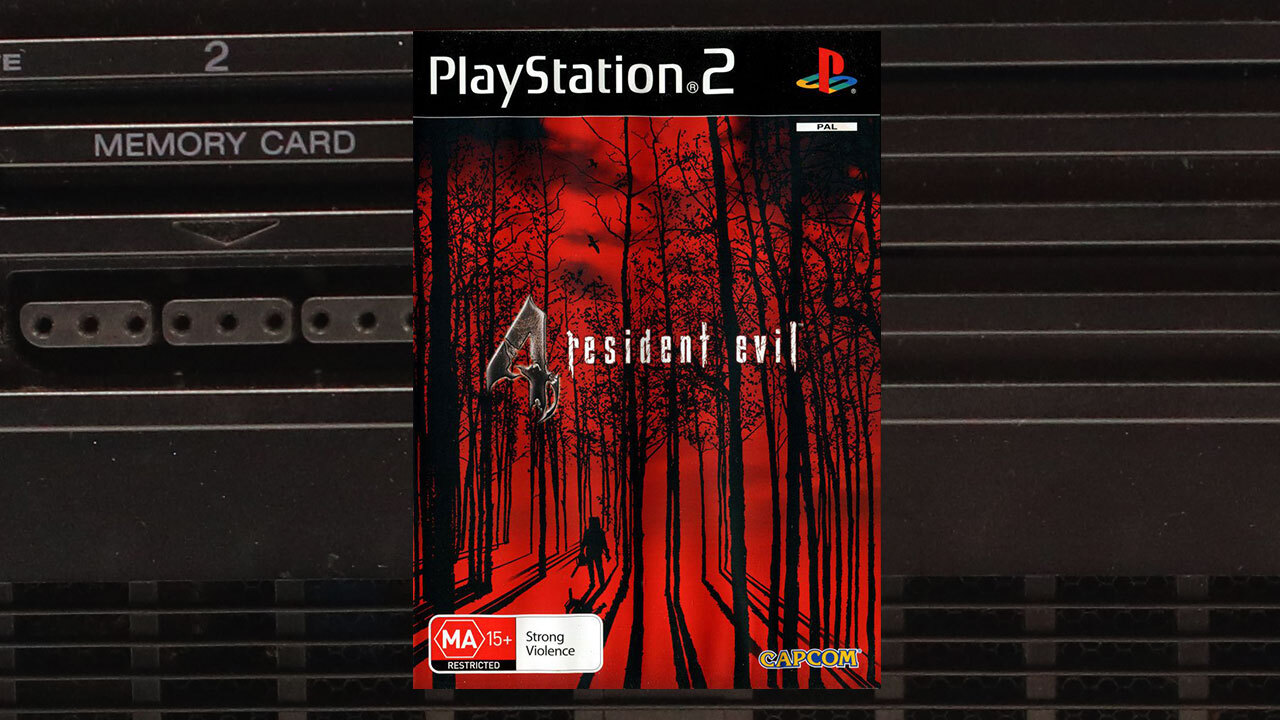
After the mainline games had thoroughly explored every corner of the Spencer Mansion and Raccoon City, Resident Evil 4 was a breath of fresh air for the series. Transplanting the bioweapon horror of the series into a Spanish village that was infested with a new breed of viral antagonists, Resident Evil 4 took a more action-packed approach but still had plenty of terror to unleash on players with its collection of spooky Los Illuminados enemies, atmospheric locations, and a behind-the-scenes betrayal of Nintendo that makes for a fascinating story.
Read our Resident Evil 4 review.
Rez

An absolute mind-trip of a game from Tetsuya Mizuguchi and the team at United Game Artists, Rez had you hacking mainframes to the beat of the music and the flow of an on-rail shooter. Fighting back against hostile programs, learning the rhythm of a stage, and constantly upgrading your avatar as you worked your way up the digital food chain made for a unique ride that was strangely cathartic as well.
Read our Rez review.
Shadow of the Colossus
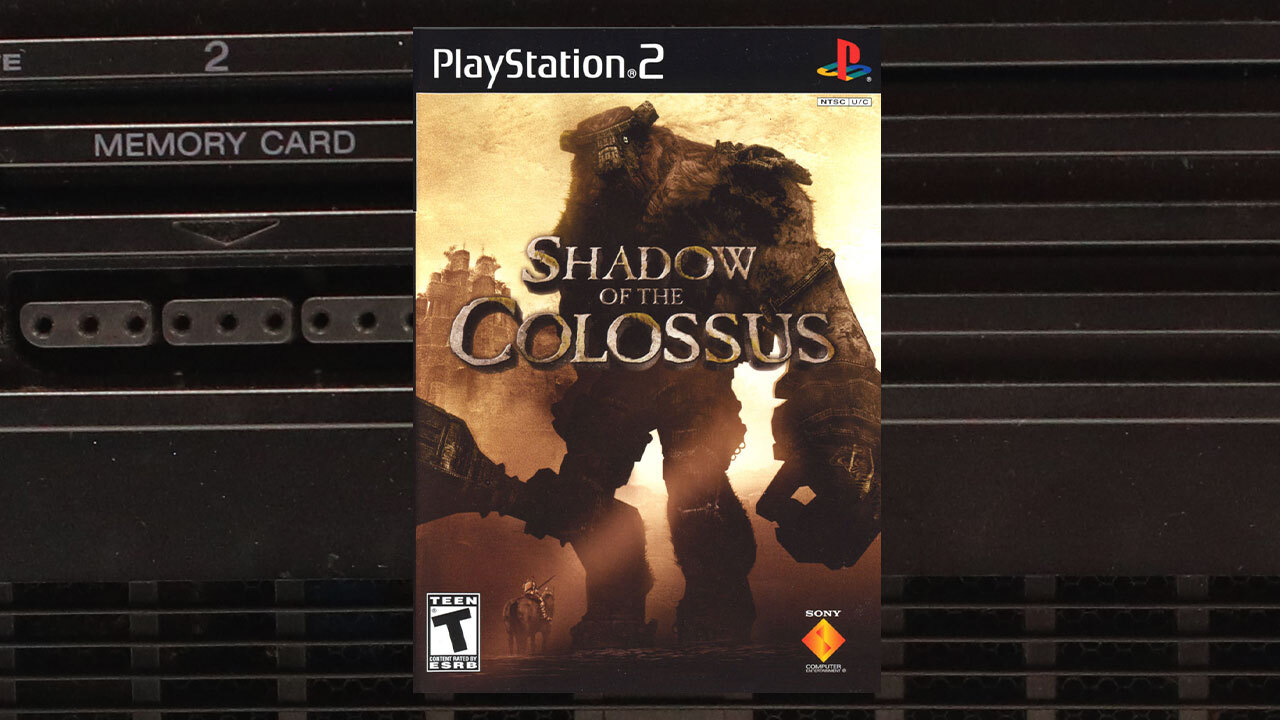
Shadow of the Colossus was a unique and thought-provoking masterpiece of its time, arriving during the final days of the PS2 to definitively prove that video games could be art. Using both style and substance, Shadow of the Colossus hooked fans with its unique design and wildly ambitious concept of traveling the land to slay more than a dozen titans. The game felt even better to play, tasking players with working out strategies for dealing with each Colossi and augmenting those epic battles with a sublime soundtrack. A colossal challenge that still managed to deliver a gigantic twist near the end. A remake would arrive in 2018, but the original game still stands as developer Team Ico’s finest hour.
Read our Shadow of the Colossus review.
Silent Hill 2
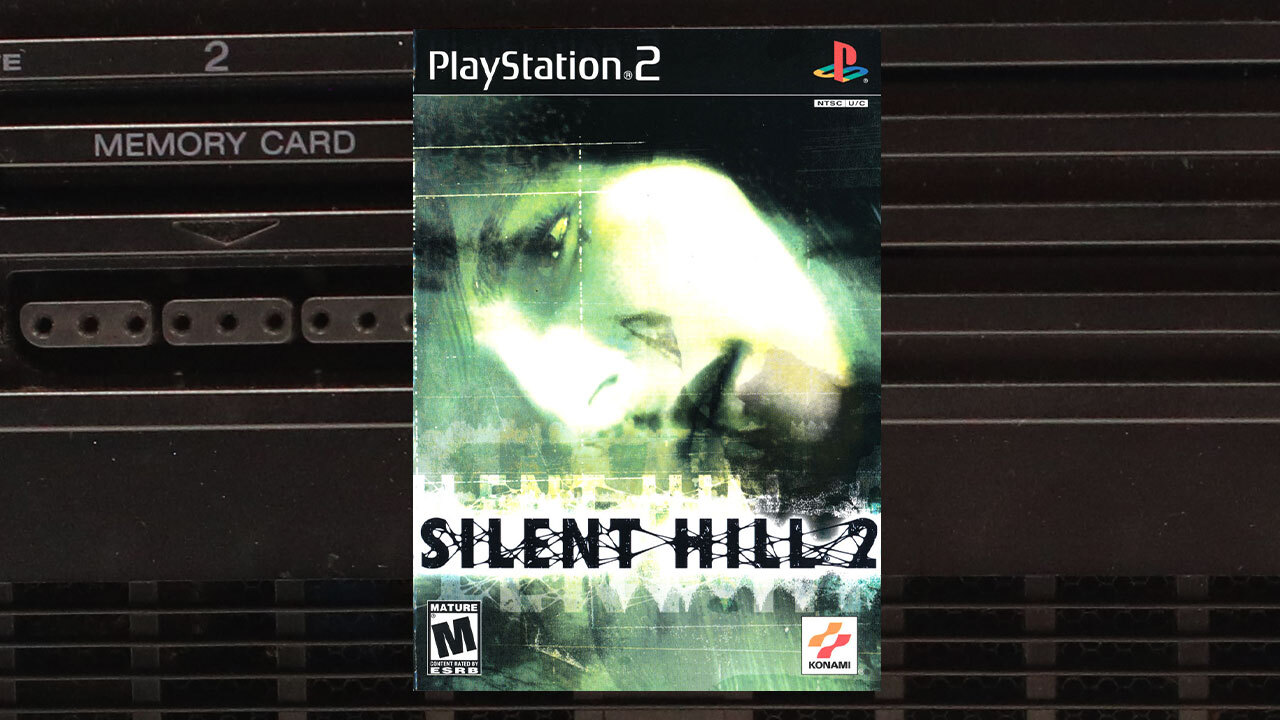
Silent Hill’s first sequel still stands as a masterpiece of terror, taking the ideas of the first game and executing them on a grand scale. It’s unnerving, and decades later, it still has a razor-sharp edge that’ll stay with you long after you’ve put a sweat-drenched DualShock controller down. A nightmarish journey filled with abominable monsters, plot twists, and multiple endings, Silent Hill 2 never gives you a chance to catch your breath as it constantly keeps you on your toes. Plus, how many other video games can lay claim to having the best ending of all time?
Read our Silent Hill 2 review.
Soulcalibur II

Soulcalibur II’s greatest triumph was that it leveled the playing field for both fighting game experts and novices alike. Striking a balance that allowed for anyone to feel like a master of the blade, the end result was a game that allowed for flashy combos, hard-hitting attacks, and some of the best couch co-op you could have on Friday nights with your friends. Each character had a style that made them a viable option for combat, the game looked like a million bucks, and even the story mode was worth investing your time in, just to see who would resist the sweet temptations of a demonic sword that was thirsty for souls.
SSX Tricky

The early 2000s were the golden age of extreme sports video games, and when it came to the fine art of snowboarding, EA’s SSX was in a class of its own. 2001’s SSX Tricky refined the formula of its predecessor while creating a benchmark for all future titles to be judged against, delivering pure downhill excitement and amplifying the experience with a few neat tricks. It was adrenaline-charged entertainment, every combo you pulled off was a slap in the face of gravity, and each track was brilliant to replay as you hunted for extras.
Read our SSX Tricky review.
Tony Hawk’s Pro Skater 4

An overlooked chapter in the Tony Hawk series, Tony Hawk Pro Skater 4 was an earnest attempt by developer Neversoft to create a new foundation for the franchise. Gone were the two-minute runs that had formed the main template for THPS games, with Neversoft opting to embrace a more open-ended design where time was on your side. Career and Free Skate modes gave players time to explore the beautifully crafted stages, the introduction of spine transfers made the gameplay smoother than ever, and street tricks got a much-needed upgrade with new grinding and lip trick enhancements. All that, and it had a killer soundtrack that added a terrific atmosphere.
Read our Tony Hawk’s Pro Skater 4 review.
Viewtiful Joe

What happens when you combine the power of cinema with pure Japanese Tokusatsu action? You get one of the best beat-’em-ups of the 2000s, a love letter to the art of film that’s written with punches, kicks, and visual effects powers. Viewtiful Joe’s challenging action made it stand out, but the tools that players had access to made overcoming each obstacle an absolute blast. From slowing down time to zooming in to deliver powerful haymakers, Joe’s Viewtiful Effects arsenal made each run through multiple episodes an Oscar contender. It also looked great thanks to some colorful cel-shading, and clearing the game on a certain difficulty would even unlock Dante from Devil May Cry as a playable character.
Read our Viewtiful Joe review.
Got a news tip or want to contact us directly? Email [email protected]

